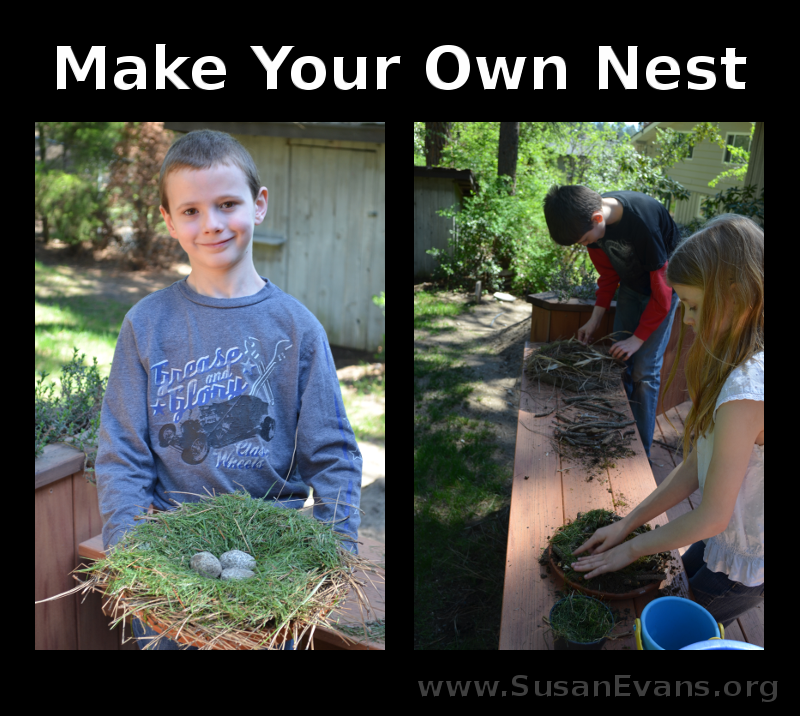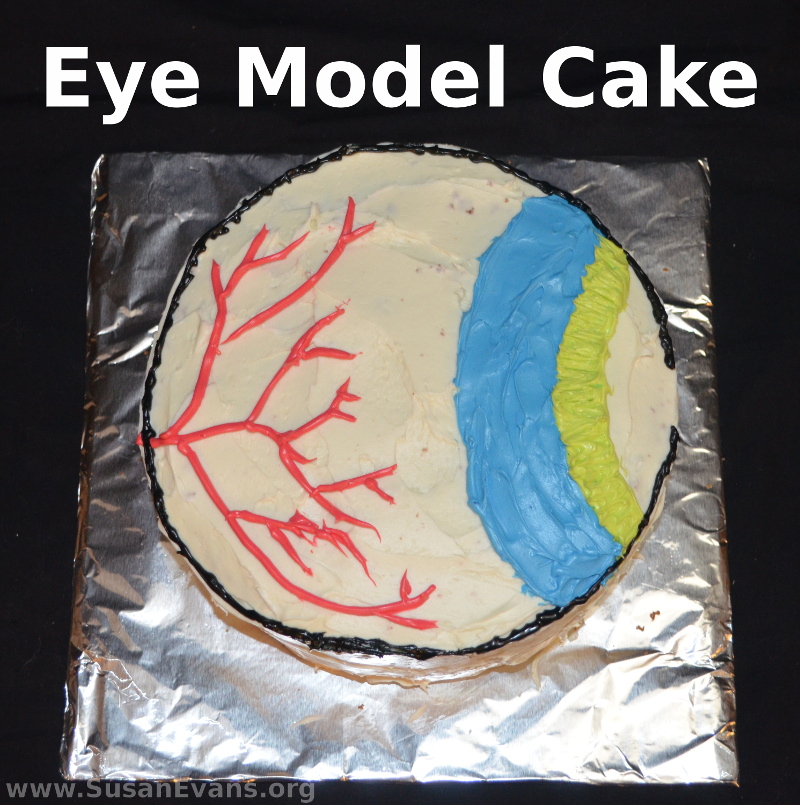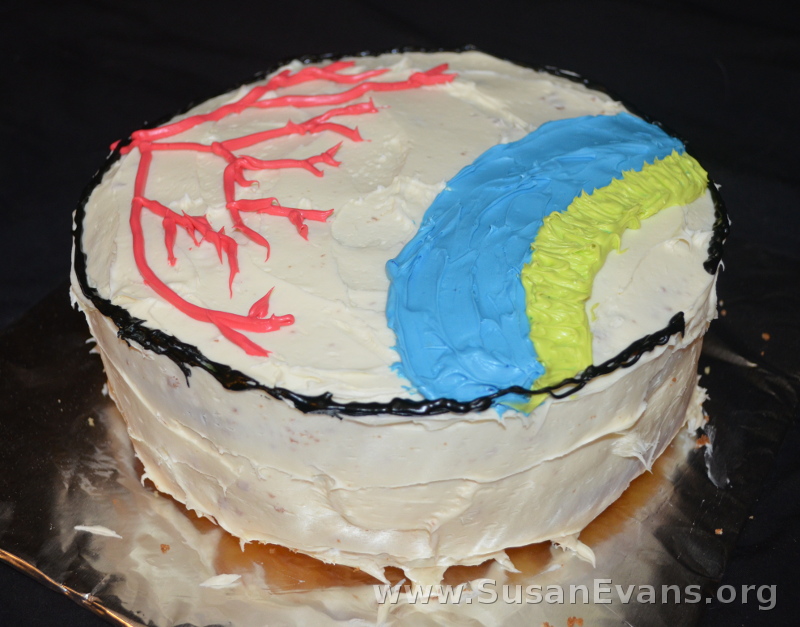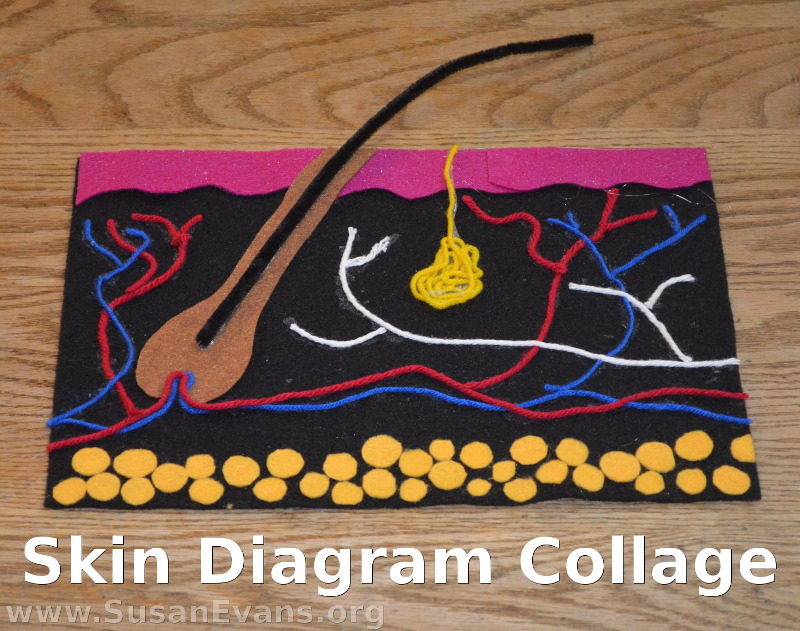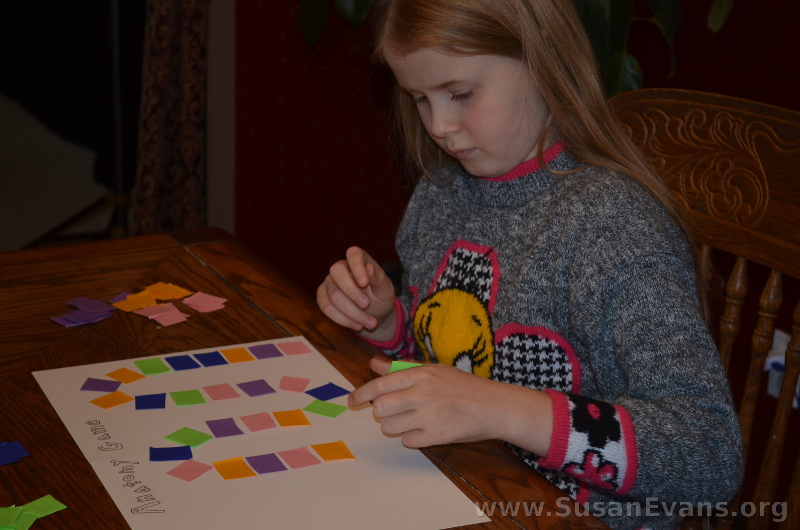When you are learning about birds in the spring, a fun activity you can do with your kids is to make your own nest. Your kids can “fly” around the yard as if they were birds, searching for materials from which to build their nest.
You want to start with a base, or a place to build your nest. You can grab one of those pottery dishes that go under a large potted plant. Or grab a tray from your kitchen. Or you can just build your nest on the ground or in a tree.
Materials you can gather to make your own nest:
- twigs and sticks
- dead leaves
- moss and lichen
- wheat stalks
- dead grass
- bark from trees
- dead weeds
- fluff from flowers
- wet mud
How to put together your nest:
You will want to mix some dirt and water to create your glue. Birds sometimes use spider webs or other sticky plants to keep their nest together instead of mud, but many birds use mud.
Start arranging your dry grass, leaves, pine needles, twigs and other debris into a nest shape. Use the mud to glue it all together. Make it nice and soft by adding moss and fluff to line the inside of the nest.
Now you can place some oval-shaped rocks into the nest to make it look like a bird laid eggs there.
More bird activities for a bird unit study:
- How to Make a Pop Bottle Bird Feeder
- Owl Unit Study
- Edible Egg Nest
- Are You My Mother? Unit Study
- Make Way for Ducklings
I hope you enjoyed putting together your own nest. For more hands-on learning ideas, join the Unit Study Treasure Vault.
